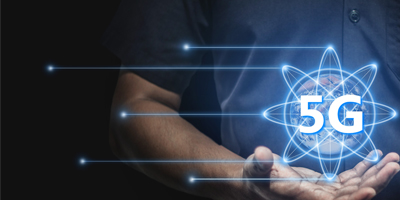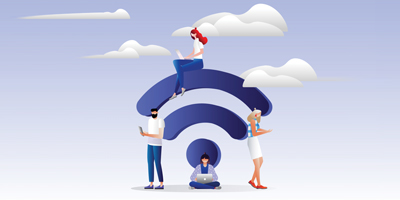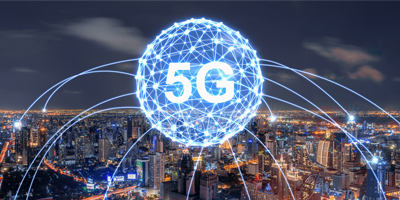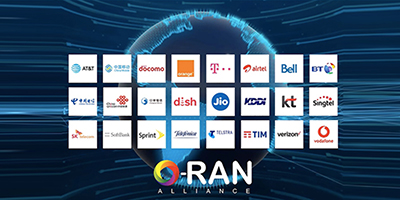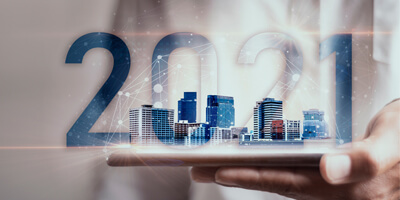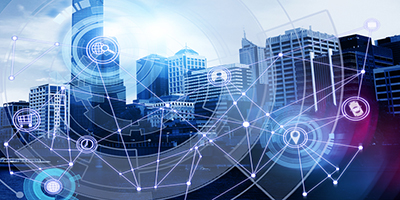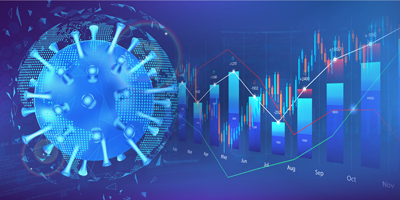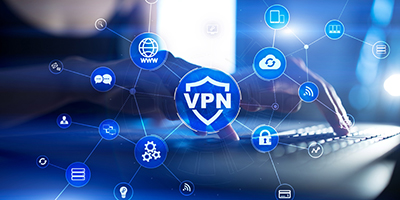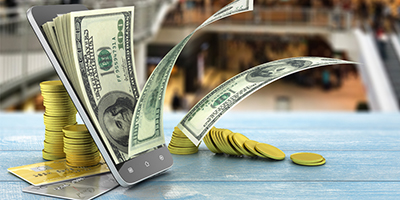In the past few years, satellite communication has remained standalone technology, independent of mobile networking. But today, it has come a long way improving its technical performance and capabilities as well as becoming much more competitive to match terrestrial offers. The next generation of satellites – built from 5G architecture – will integrate with networks to manage connectivity to cars, vessels, airplanes and other IoT devices in remote and rural areas. The emerging 5G vision opens a new chapter in communications and offers the possibility to consider satellite communication alongside and in combination with terrestrial solutions.
Features
Beamforming tech unleashing faster communication
Half the world’s population does not have access to the internet, leaving roughly 4 billion people excluded from the socio-economic benefits of connectivity. 600 million cannot connect simply because they live in largely rural areas without access to mobile broadband coverage. The consequences of the digital divide have been starkly revealed by the COVID-19 pandemic, as those without broadband have been unable to work from home, attend school lessons or access healthcare services.
Efficiency and sustainability: Key factors for telcos deploying 5G networks
5G will be the most transformative communications technology and will enable a universe of new services, including advanced energy management capabilities that will be critical to solving growing energy and sustainability challenges.
O-Ran: Bridging the digital divide
The telecom industry has witnessed in the recent several years significant transformation and development in a bid to connect not only devices, but everything. As such, a new paradigm is on the market today called Open RAN, “where cellular radio networks are comprised of hardware and software components from multiple vendors operating over network interfaces that are truly ‘open and interoperable’,” as defined by Commscope.
What’s new with IoT for 2021
The Covid-19 pandemic drove businesses and employees to become more reliant on technology for both professional and personal purposes. Thus, the upsurge of IoT devices. Tens of billions of IoT devices are currently in operation across the globe, from well-known devices like smart speakers and smartwatches to smart homes regulating our air conditioning and heating.
South Africa: The next ICT hub
The telecommunications sector is one of the main pillars of a country’s economy and an important source of revenues. South Africa’s telecommunications industry is gaining ground in the continent and is rapidly catching up on the digital transformation wave.
How did Covid-19 mutate the ICT industry in one year
COVID-19 has impacted a large number of countries and is still impacting sectors. We all remember back in February 2020 when the world's largest mobile phone showcase, the Mobile World Congress (MWC), was cancelled over coronavirus concerns, tech giants announced financial results below market expectations, and businesses found the need to re-evaluate near-term and long-term supply chains, resource deployment, and liquidity in the face of what it looked like “a looming global recession,” according to international law firm Baker McKenzie.
VPN: The right call for uncensored internet use?
A trustworthy virtual private network (VPN) is a good way to keep internet usage secure and private whether at home or on public Wi-Fi. Many users have long been familiar with various VPN services, which are necessary for the safe and free use of the internet without censorship restrictions. However, not all users who use VPN to unblock sites, know that some services cannot provide a high level of security on the internet. A VPN will navigate the information through a secure “tunnel” to hide them and encrypt communication travelling from and to the user’s device. However, a flaw in VPN encryption not only makes the VPN connection weak but also reduces the user's security and causes leaks.
The challenge of connectivity in the Democratic Republic of Congo
The telecommunications sector in any country is considered one of the economy’s main pillars and sources of income. However, many factors can affect its evolution and the development it could have achieved if it wasn’t for such influencing elements such as poor infrastructure. This is the case of a great number of African countries, including the Democratic Republic of Congo (DRC).
Mobile money adoption on the rise
In the light of the coronavirus pandemic, and with fear that the virus might be spreading through cash money, many resorted to mobile money as an alternative means to execute transactions. Governments have been encouraging people to use digital payment methods to reduce person-to-person contact and curb the spread of the coronavirus. Mobile money is a very thriving industry in Africa with platforms such as Orange Money, M-Pesa and MTN’s MoMo, to name a few.




